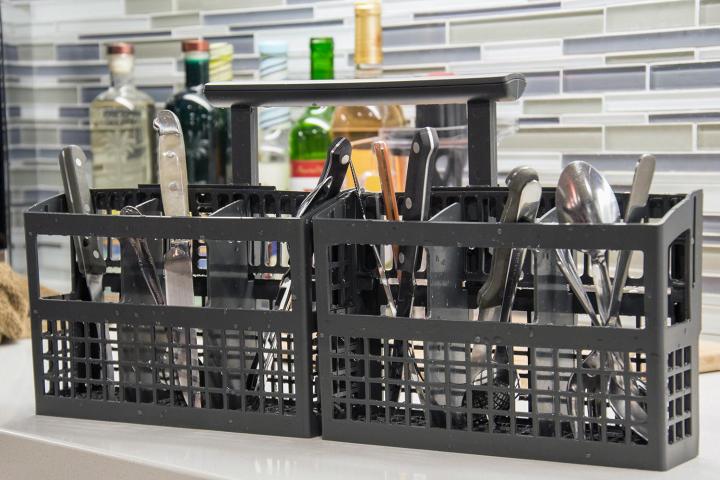
This doesn’t actually solve what most people fight about when it comes time to load the appliance, though. The biggest issue is whether or not to pre-rinse dishes. Sixty-one percent of those surveyed by Bosch in 2012 argue over this, because two-thirds of men pre-clean. Modern dishwashers and advanced detergents are actually designed to work best with stuck-on food (Cascade has enzymes that need to attach to food to work, for example), so it’s best to let the appliance do its job, while you kick back and relax. If something is really baked on, well, that’s what the pots-and-pans setting is for.
Another frequent argument, according to the survey, is whether utensils should be placed handles up or down. Those that always opt for handles up, so fingers don’t come in contact with the part that goes in someone’s mouth, are called “Protectors” by GE, according to The Wall Street Journal. The manufacturer has two other dishwasher-loading personality types: “Organizers” are those who load things for maximum efficiency, making the process go as quickly as possible. Those who want the inside of the dishwasher to be aesthetically pleasing, with all the similar dishes grouped together, are called “curators.”



